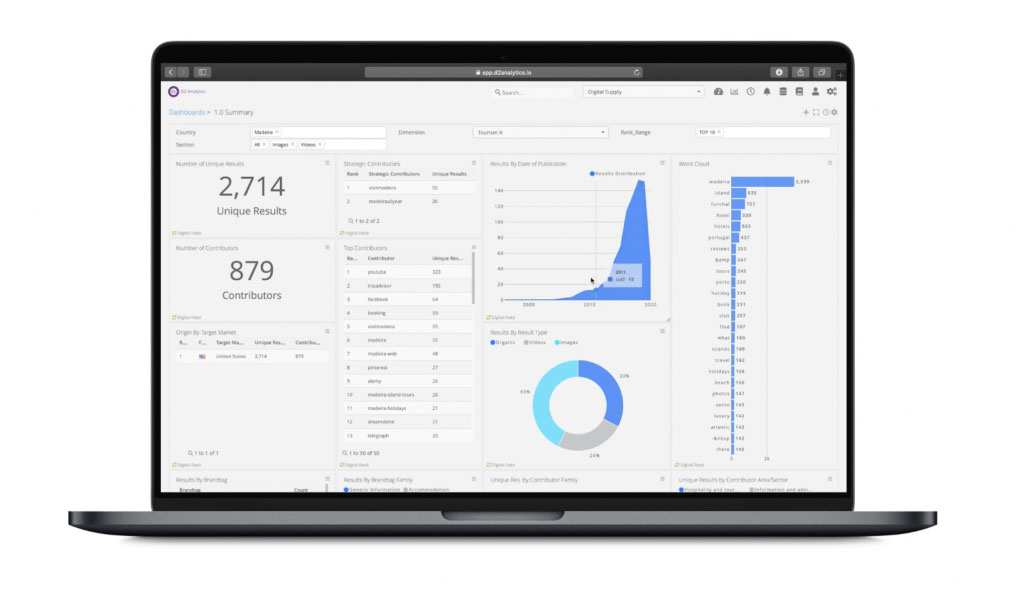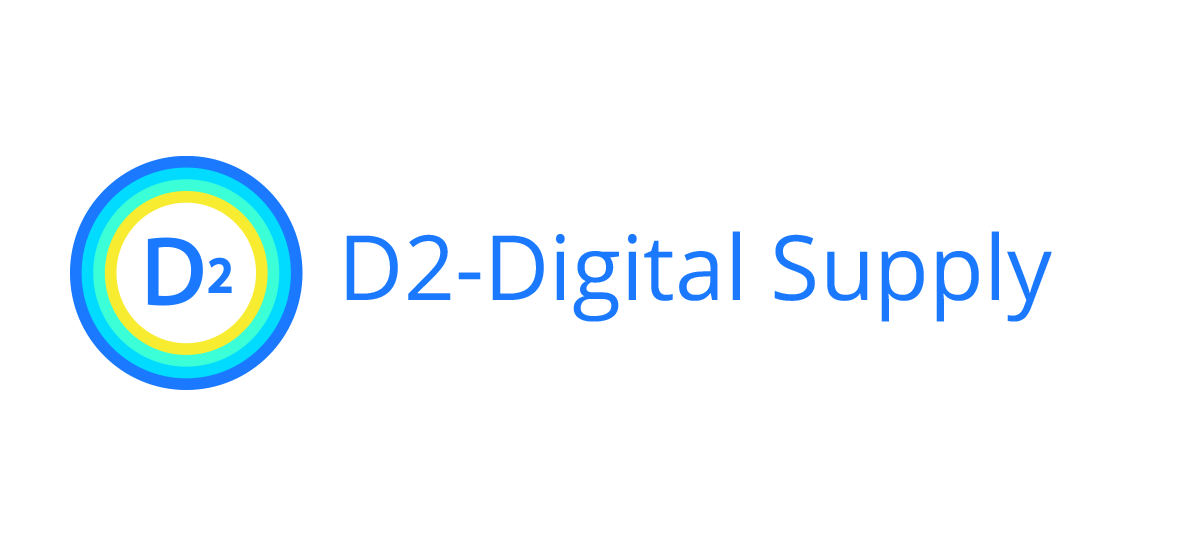Who’s managing the Digital Identity of nations and places?
Why should nations and places care what people find online?
The economics of places begins with supply and demand, and today we are going to address the former. Understanding digital supply allows Country Brand, City Brand, and Place Brand managers to put themselves in the shoes of their brand audiences. One detrimental scenario could be when searching for your place, the top (or only) results smear your reputation through hyperexpression of misrepresentative content. In either case, Digital Identity is being managed by someone who isn’t you. Research, strategy, implementation, and measurement are the foundation to successful Digital Identity management.
Digital Identity of destination is to be understood as the place brand touchpoint which brand audiences interact with and are thus left with a particular perception of a place. Digital supply is the collection of the content found as a direct result of searching for that place. Content, in this case, should by no means be taken as (only) superfluous advertising material. Content is the meld of all information found through searches pertaining to a place ranging from investment resources to international media coverage of national policies.
What are people finding?
As can be seen in real instances of Country Brand examples, if your nation’s Central Idea is built on the foundation of sustainability and the top search results are related to industries that represent the antithesis of ‘green’ progress, brand audiences will feel weary, distrustful and overall confused. In other words, Digital Identity is not 100% aligned with the Place Brand strategy.
There are several reasons for the abovementioned discrepancy. One could be that your Place Brand strategy is ahead of the Digital Identity. What does this mean? Your top content could, in fact, be outdated. Digital Identity, in this case, would be discrediting the Place Brand strategy. All due to the fact that new information has not achieved a top-ranking position according to search results. The second and third, less desirable, reasons may be that your Place Brand strategy is not as widely applicable as you’d hoped. Or, your Place Brand strategy simply does not align with reality, and it’s time to adjust.
Optimistically, let’s say you’ve run into the first roadblock; old or irrelevant content is monopolizing top search positions. Irrelevant content, encompassing outdated material, includes a range of variables in need of monitoring and managing, such as language, official information, an accurate representation.
Analyse the who, what, when, where, and why of top content contributors. Get the complete picture as to what brand audiences are seeing when they go searching. Is it on-brand? Relevant for the key target market? True? These are questions answered through a comprehensive analysis.
Power in numbers.
Now, based on the knowledge you’ve gained during the analysis and assessment phase of understanding Digital Identity, it’s time to take action.
D2 – Analytics proprietary software, D2 – Digital Supply ©, has taken it upon itself to comprehensively understand what people are finding. D2 – Digital Supply © does this by analyzing the top results found when global citizens go searching for a place. This can be assessed across the five dimensions of the Bloom Consulting Nation Brand Wheel©; investment, tourism, talent, prominence, and exports.
This article was initially posted on the Bloom Consulting website.
D2 – Analytics search engine listening tool D2 – Digital Supply © can analyse any country, region, or city digital identity on search engines! Let us know if you’re interested in scheduling a call and seeing the software presentation: hello@d2analytics.io or +371 62102353.
Other D2 - Analytics news and stories, you might be interested in:
April 25, 2021
Introducing NEW tool: D2 – Crisis Mode
April 8, 2021
D2 – Digital Demand ©, results may surprise you
May 27, 2020
New studies: Covid-19 impact on destinations
December 15, 2019
NEW product: D2 – Digital Supply software
September 23, 2017
New: D2 – Live Quanti software
March 12, 2015














